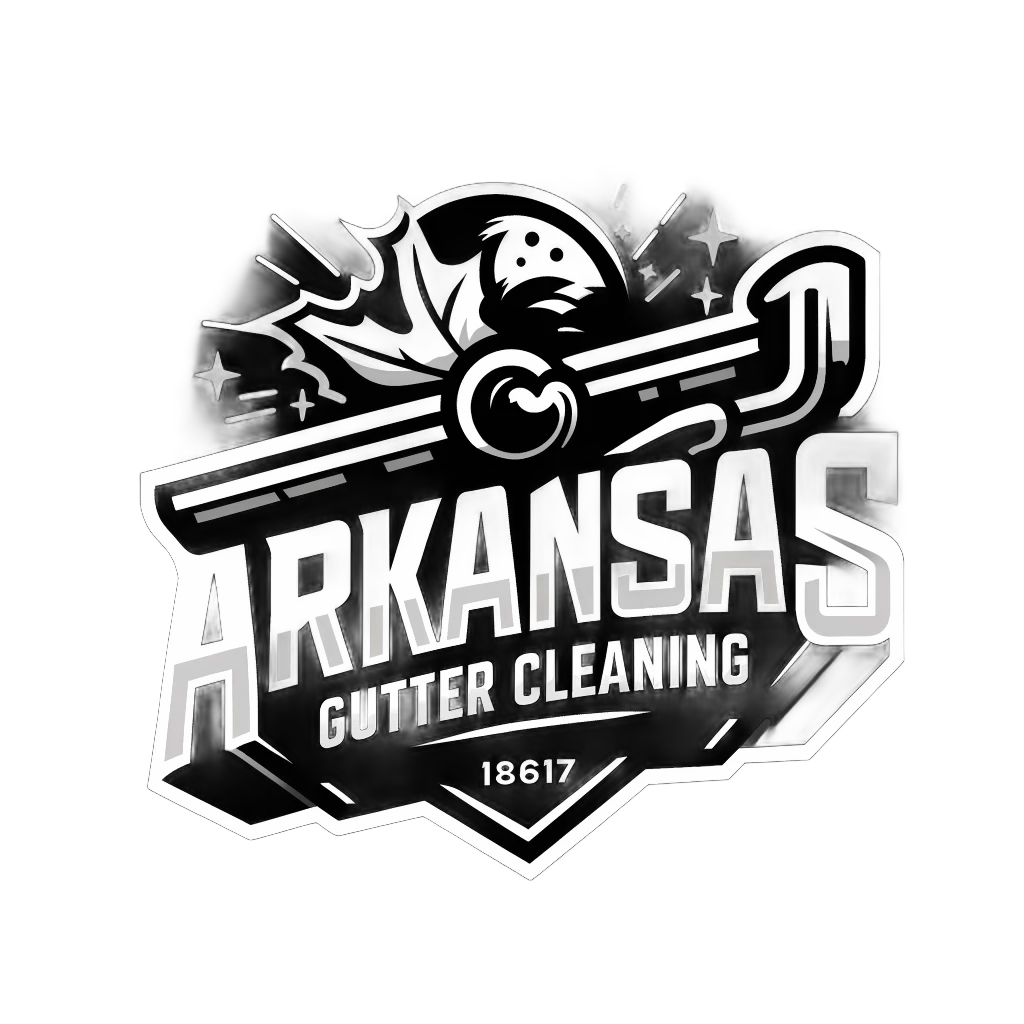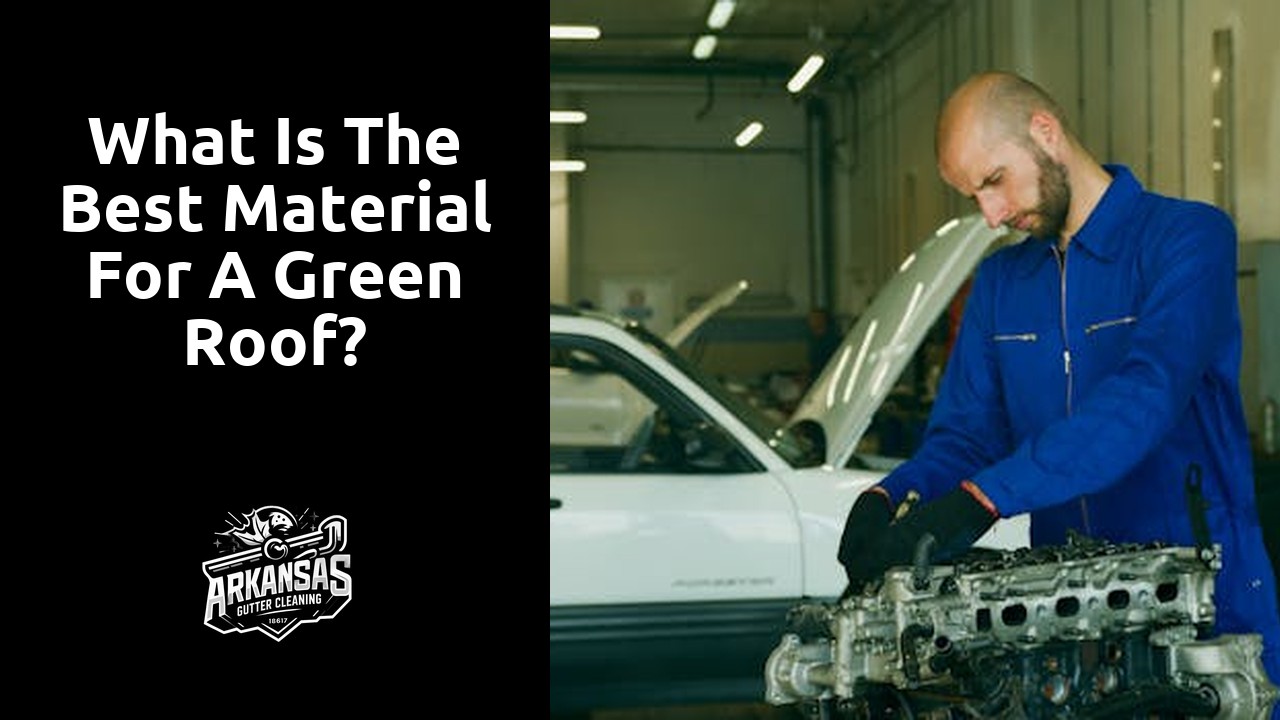Table Of Contents
Environmental Impact of Green Roof Materials
When considering the environmental impact of green roof materials, it is crucial to evaluate factors such as the sourcing, production, and disposal of the materials. Opting for materials with high recycled content can significantly reduce the carbon footprint associated with green roof installations. Many manufacturers have started incorporating recycled materials into their green roof products, which not only reduces waste but also contributes to a more sustainable building industry.
In addition to recycled content, the energy and resources required for the maintenance of different green roof materials should also be taken into account. Some materials may require more frequent replacements or intensive maintenance procedures, leading to higher energy consumption and waste generation over the lifetime of the roof. By choosing materials that are durable and require minimal maintenance, building owners can further minimize the environmental impact of their green roofs.
Recycled Content
Recycled content is a crucial aspect to consider when selecting materials for a green roof. Utilizing recycled materials in the construction and maintenance of green roofs can significantly reduce the environmental impact of the building. By choosing materials that have gone through the recycling process, we contribute to the conservation of natural resources and help divert waste from landfills.
Incorporating recycled content into green roofs also aligns with sustainable practices and promotes a circular economy. Materials such as recycled plastic, rubber, or glass can be used effectively in green roof systems, providing both structural support and insulation. By opting for recycled content, we not only enhance the environmental benefits of green roofs but also contribute to the overall sustainability of the built environment.
Maintenance Requirements for Various Green Roof Materials
When considering the maintenance requirements for various green roof materials, it is crucial to evaluate the specific needs of each type. Extensive green roofs, which typically have a thinner and lighter substrate, require minimal maintenance compared to intensive green roofs. Extensive green roofs are often self-sustaining once established, needing only occasional weeding and basic upkeep to ensure their longevity. This makes them an attractive option for those looking for a low-maintenance green roof solution.
On the other hand, intensive green roofs, with their deeper substrate and greater variety of vegetation, demand more attention and regular maintenance. These roofs may need regular watering, fertilization, and pruning to keep the plant life healthy and vibrant. While they offer more design possibilities and can create lush garden spaces, they require a higher level of care and investment of time and resources to maintain their optimal condition.
Intensive Green Roofs
Intensive green roofs are a popular choice for urban spaces with their ability to support a wide variety of vegetation and even small trees. These types of green roofs require more maintenance compared to extensive green roofs due to the deeper soil depth and variety of plant species that can be grown. Regular watering, pruning, and fertilizing are often necessary to ensure the health and vitality of the plants in intensive green roofs.
In terms of aesthetics, intensive green roofs offer a lush and vibrant appearance that can enhance the overall look of a building or urban environment. The diversity of plant species available for intensive green roofs allows for creative design options, such as creating rooftop gardens or even incorporating wildflower turf to attract pollinators. Despite the higher maintenance requirements, many building owners and designers opt for intensive green roofs for their visual appeal and environmental benefits.
Aesthetics and Design Options with Green Roof Materials
When considering aesthetics and design options for green roof materials, one popular choice is wildflower turf. This option not only adds a vibrant burst of color to the roof space but also attracts pollinators such as bees and butterflies. Wildflower turf can create a beautiful and natural look, transforming the roof into a mini meadow that enhances the overall aesthetic appeal of the building.
In addition to wildflower turf, other design options include incorporating various plant species that are native to the region. These native plants help in creating a habitat for local wildlife while also blending seamlessly with the surrounding environment. By carefully selecting plant species that thrive in the specific climate and conditions of the area, green roofs can be designed to not only look visually appealing but also to support the local ecosystem.
Wildflower Turf
Wildflower turf is a popular choice for green roofs due to its natural beauty and ability to attract pollinators. This type of green roof material consists of a blend of wildflower seeds that are carefully selected to thrive in varying environmental conditions. Wildflower turf not only adds a colorful and visually appealing element to buildings but also plays a crucial role in supporting local ecosystems by providing food and habitats for insects and birds.
Moreover, wildflower turf requires minimal maintenance once established, making it a cost-effective and environmentally friendly option for green roofs. By opting for wildflower turf, building owners can create a biodiverse environment that promotes sustainability and enhances the overall aesthetic appeal of their property. Additionally, the presence of wildflower turf can contribute to improving air quality and reducing urban heat island effects in densely populated areas.
FAQS
What are some environmentally friendly materials for a green roof?
Some environmentally friendly materials for green roofs include recycled rubber, recycled plastic, and reclaimed wood.
How do maintenance requirements vary for different green roof materials?
Maintenance requirements can vary depending on the type of green roof material used. For example, extensive green roofs with sedum plants require minimal maintenance, while intensive green roofs with trees and shrubs may require more upkeep.
Are there any green roof materials that offer unique aesthetic and design options?
Yes, some green roof materials like wildflower turf can provide unique aesthetic options, adding a splash of color and biodiversity to the roof.
How important is recycled content in choosing the best material for a green roof?
Recycled content is essential in selecting the best material for a green roof as it reduces environmental impact and promotes sustainability in construction practices.
Which material is recommended for those looking for a balance between environmental impact, aesthetics, and maintenance?
Recycled rubber is often recommended for those seeking a balance between environmental impact, aesthetics, and low maintenance for their green roofs.

